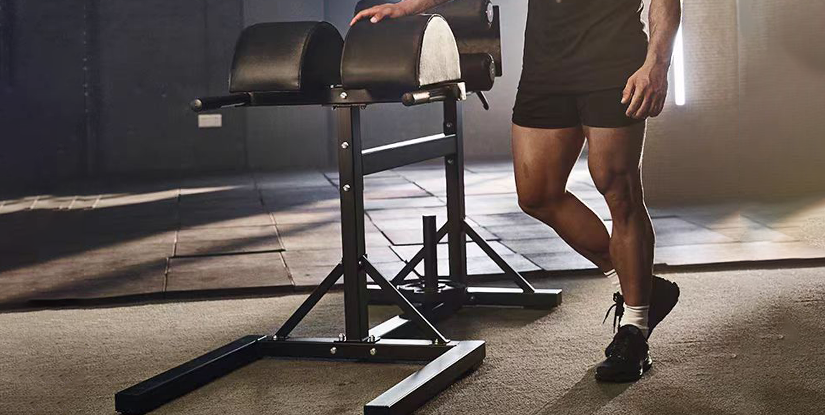Commercial Fitness Equipment: Selection, Maintenance & ROI Guide

Commercial Fitness Equipment: Strategic Overview
Investing in commercial fitness equipment requires a disciplined approach that balances user experience, durability, safety, and financial performance. Whether outfitting a boutique gym, hotel fitness center, corporate wellness space, or a multi-club health facility, operators must prioritize equipment selection, placement, maintenance, and supplier relationships to achieve sustainable returns.
Why Quality Matters
Commercial-grade equipment is engineered for high-frequency use, enhanced durability, and simplified maintenance. Low-quality consumer machines may reduce upfront costs but increase downtime, maintenance expenses, and member dissatisfaction. Prioritizing proven manufacturers helps protect brand reputation and member retention.
Core Categories and Specifications
- Cardio: treadmills, ellipticals, upright and recumbent bikes, and rowers. Key metrics: continuous horsepower, belt length, frame stability, and user interface.
- Strength: plate-loaded machines, selectorized units, functional trainers, and free-weight areas. Focus on steel gauge, weld quality, and ergonomics.
- Functional Training: rigs, cable systems, kettlebells, and battle ropes. Versatility and modularity are essential.
- Group and Specialty: spin bikes, studio rigs, and recovery equipment. Consider class capacity and specific program needs.
- Accessories and Flooring: mats, racks, mirrors, and impact-absorbing flooring to meet safety and performance standards.
Selection Criteria
- Durability and Warranty: Evaluate component lifespan, frame warranties, and parts availability.
- Ergonomics and Accessibility: Ensure equipment accommodates diverse body types and ability levels.
- Service Network: Prioritize vendors with local service technicians and predictable lead times for spare parts.
- Technology and Connectivity: Touchscreens, member tracking, and software integrations can differentiate offerings and support retention.
- Space Utilization: Calculate equipment footprint including clearance zones and circulation paths.
Placement and Installation Best Practices
Plan layout to optimize traffic flow, sightlines for staff supervision, and acoustic separation between cardio and weight areas. Confirm floor loading limits and access for delivery. Professional installation ensures correct assembly, reduces warranty issues, and improves user safety.
Maintenance, Safety, and Compliance
Implement a documented preventive maintenance program: daily equipment checks, weekly cleaning and lubrication, and scheduled component inspections. Train in-house staff on basic troubleshooting and safety protocols. Maintain records for liability protection and regulatory compliance.
Procurement Strategies and ROI
Develop a procurement plan that aligns capital expenditure with projected membership growth and service offerings. Consider total cost of ownership (TCO): purchase price, expected lifespan, maintenance, and downtime costs. Leasing and managed equipment programs can preserve capital and simplify upgrades.
Sustainability and Lifecycle Management
Choosing equipment with recyclable materials and energy-efficient features reduces environmental impact. Establish end-of-life policies for refurbishment, resale, or responsible recycling. Lifecycle planning can enhance brand credentials and reduce long-term costs.
Vendor Relationships and Contracting
Negotiate clear contract terms for lead times, warranty coverage, service response SLAs, and parts pricing. Vet suppliers for financial stability and references from comparable facilities. Include clauses for installation quality, training, and post-sale support.
Performance Measurement
Track uptime, maintenance incidents, membership utilization rates per station, and revenue per square foot to assess equipment performance. Use data to inform replacement cycles and future capital planning.
FAQs
- Q: How long should commercial equipment last? A: Typically 5–15 years depending on usage and maintenance.
- Q: Is leasing better than buying? A: Leasing preserves capital and eases upgrades; buying may be cheaper long-term if maintenance is controlled.
- Q: What warranty should I require? A: At minimum, 1–3 years parts and labor; longer frame warranties are preferable.
- Q: How often is preventive maintenance needed? A: Daily inspections and weekly cleaning; professional servicing quarterly or per manufacturer guidance.
- Q: What is total cost of ownership? A: Purchase price plus expected maintenance, parts, downtime, and disposal costs over useful life.
- Q: Which equipment has highest utilization? A: Cardio machines and multifunctional rigs typically see the most consistent use.
- Q: How do I ensure member safety? A: Regular inspections, clear signage, staff training, and properly spaced layouts reduce risk.
- Q: Can technology improve ROI? A: Yes. Connected consoles and analytics improve engagement and support targeted marketing.
- Q: When should equipment be replaced? A: Replace when downtime and repair costs exceed 30–40% of replacement value or when functionality falls short of member expectations.
Conclusion
A strategic approach to commercial fitness equipment combines rigorous specification, proactive maintenance, and data-driven procurement. Prioritizing durability, serviceability, and user experience delivers measurable gains in member satisfaction and financial performance.

